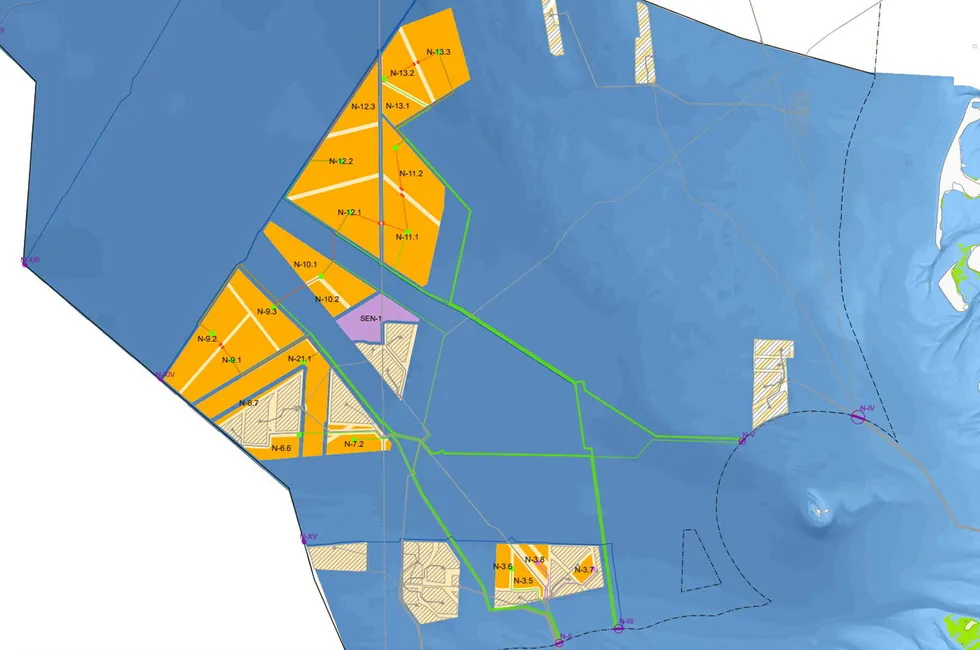Offshore hydrogen | Germany plans 1GW of wind-powered green H2 production at sea, with pipeline to shore
Government sets aside North Sea acreage exclusively for electrolysis in new 30GW offshore wind development scheme

Government sets aside North Sea acreage exclusively for electrolysis in new 30GW offshore wind development scheme
